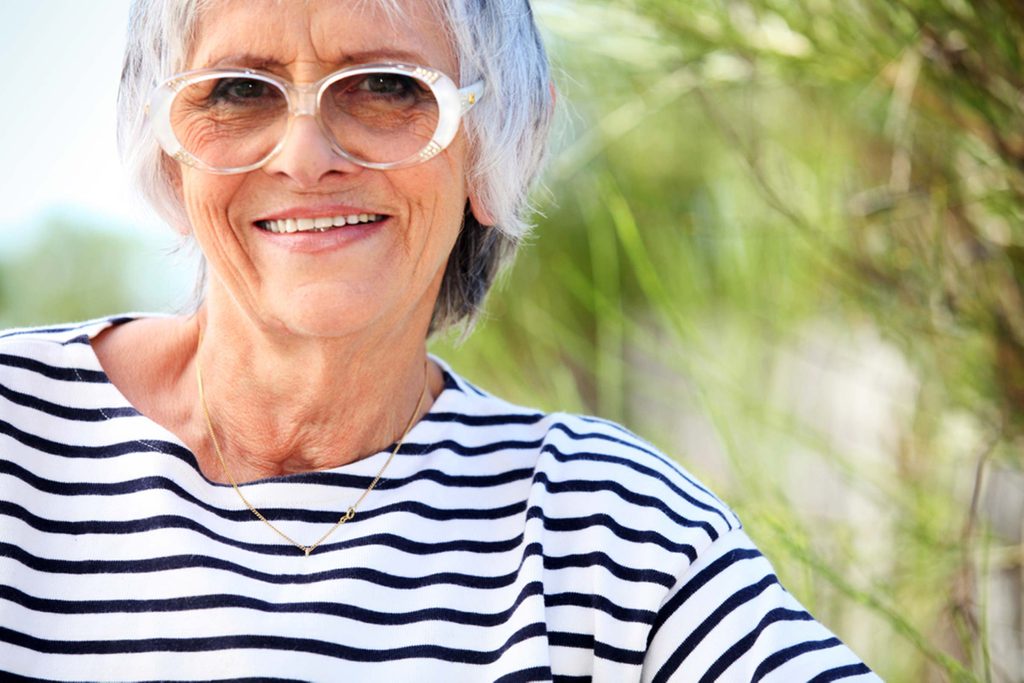This Is the Best Way to Improve Your Balance and Feel YEARS Younger, According to Science
Updated: Sep. 07, 2017
Balance is super-important as we get older, and the good news is that you don't have to hit the gym to strengthen it.
 Exercise helps us fight aging by boosting immunity, helping to prevent heart attacks, diabetes, and other degenerative diseases, slowing memory decline, and possibly even reversing wrinkles.
Exercise helps us fight aging by boosting immunity, helping to prevent heart attacks, diabetes, and other degenerative diseases, slowing memory decline, and possibly even reversing wrinkles.
While there is no shortage of studies showing that regular physical exercise can reverse the signs of aging in the brain, new research claims that one type of exercise is most beneficial for balance—and that’s dancing.
The study, published in the journal Frontiers in Human Neuroscience, was led by Dr. Kathrin Rehfeld from the German Center for Neurodegenerative Diseases in Magdeburg, Germany.
“Exercise has the beneficial effect of slowing down or even counteracting age-related decline in mental and physical capacity,” says Dr. Rehfeld, as reported on ScienceDaily. “In this study, we show that two different types of physical exercise (dancing and endurance training) both increase the area of the brain that declines with age. In comparison, it was only dancing that led to noticeable behavioral changes in terms of improved balance.”
Dr. Rehfeld and her team recruited elderly volunteers, with an average age of 68, and assigned them to one of two 18-month fitness routines: a weekly course of learning dance routines, or traditional endurance and flexibility training, which included cycling and Nordic walking.
Both groups showed an increase in the hippocampus region, which plays an important role in memory, learning, and keeping balance. It is also the part of the brain prone to age-related decline and diseases like Alzheimer’s.
The group assigned to the traditional endurance and flexibility training performed mainly repetitive exercises, but the dance group was given a new challenge each week, such as jazz, square dance, Latin-American, and line dance. The researchers also changed up the steps, arm-patterns, formations, speed, and rhythms every second week, and dancers were challenged to remember the routines without any help from the instructor, and with the clock ticking.
It’s these extra challenges researchers believe that were responsible for improved balance in the dance group. (These are also great balance exercises.)
Based on from these findings, Dr. Rehfeld and her team are now testing new fitness programs, including the best balance exercises, for their potential to maximize anti-aging effects on the brain.
“Right now, we are evaluating a new system called ‘Jymmin’ (jamming and gymnastic),” Dr. Rehfeld told. “This is a sensor-based system which generates sounds—melodies, rhythm—based on physical activity. We know that dementia patients react strongly when listening to music. We want to combine the promising aspects of physical activity and active music-making in a feasibility study with dementia patients.”
Whether you’re aging or not, Dr. Rehfeld’s advice is simple: Get your dancing shoes on!
“I believe that everybody would like to live an independent and healthy life for as long as possible,” she told ScienceDaily. “Physical activity is one of the lifestyle factors that can contribute to this, counteracting several risk factors and slowing down age-related decline. I think dancing is a powerful tool to set new challenges for body and mind, especially in older age.”
(To get inspired, check out the best dance movies of all time.)
If you’re not able to dance, ask your health practitioner about the best balance exercises that will work for you.